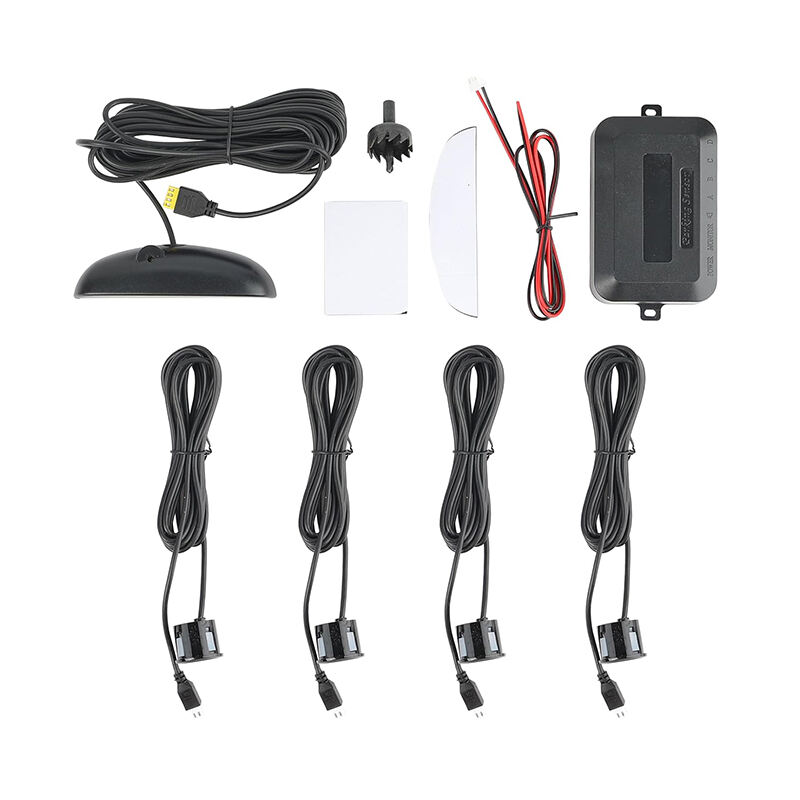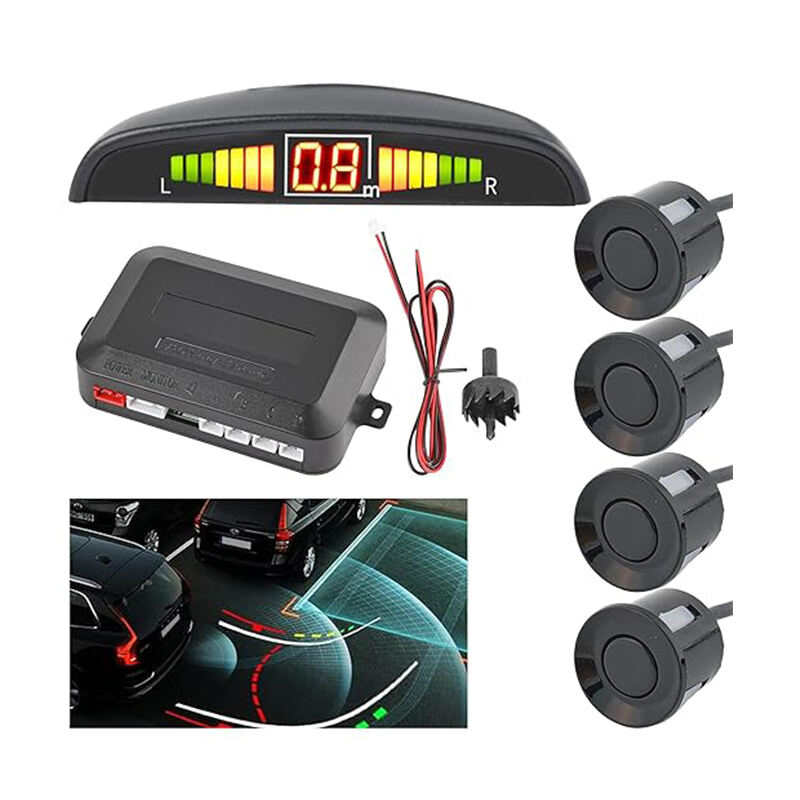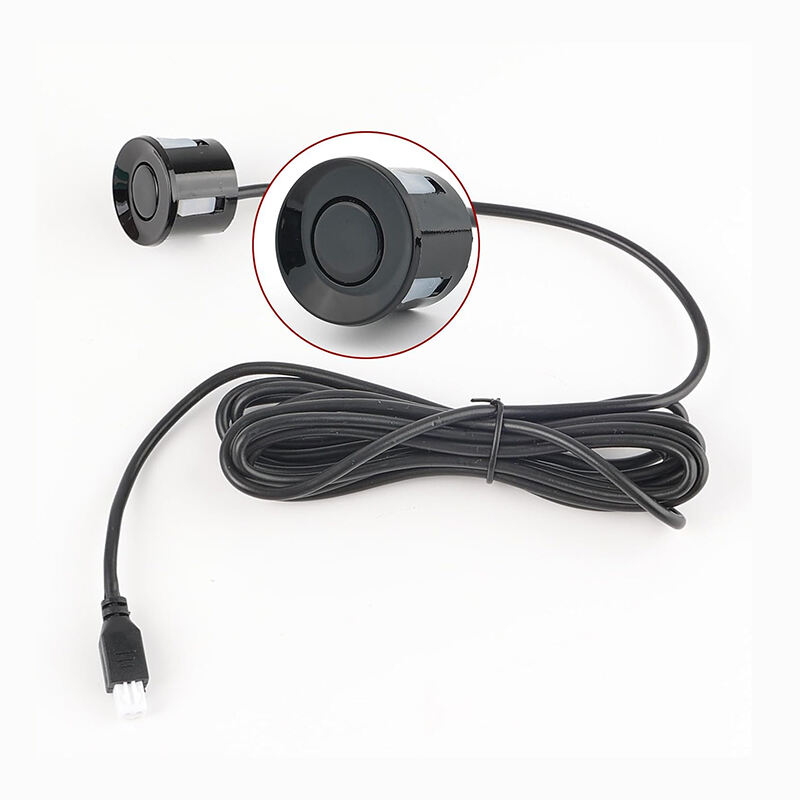pretium installationis sensorum stationis
Expensio installationis sensorum parkingi communiter ambitur a $300 ad $800, secundum fabricam et modelum vehiculi ac genus systematis electi. Hoc investitio complectitur installationem professionalem sensorum electromagneticorum vel ultrasonicorum qui obstacula deprehendunt dum parcas. Systemata basica saepe continent 4 ad 8 sensores insertos in paraclis posteriori, dum installationes praestantiores possunt includere sensores tam anteriores quam posteriores cum interfacibus ostensionis avanciorum. Technologia operatur emittendo undas electromagnetica vel signa ultrasonica quae repercussa sunt ab objectis vicinis, calculantes distantiam earum a tuo vehiculo. Expensae installationis generaliter tegunt unitates sensorum, modulos controlis, unitates ostensionis vel integrationem cum schermis existentibus, fasciculos filorum, et laborem professionalem. Features additamentales sicut integratio camarae vel connectivitas cum smartphone possunt totalem costum augere. Plures installationes ducunt 2-4 horas et peragenda sunt ab technicis certificatis qui certum faciunt calibrationem et probationem convenientem. Durabilitas harum systematum communiter congruit vitae vehiculi, faciens eas investitionem longi temporis in securitatem et commoditatem. Multae societates insurance praebent discountes pro vehiculis instructis cum sensoribus parkingi, potentialem subventionem initialis costus installationis super tempus.


